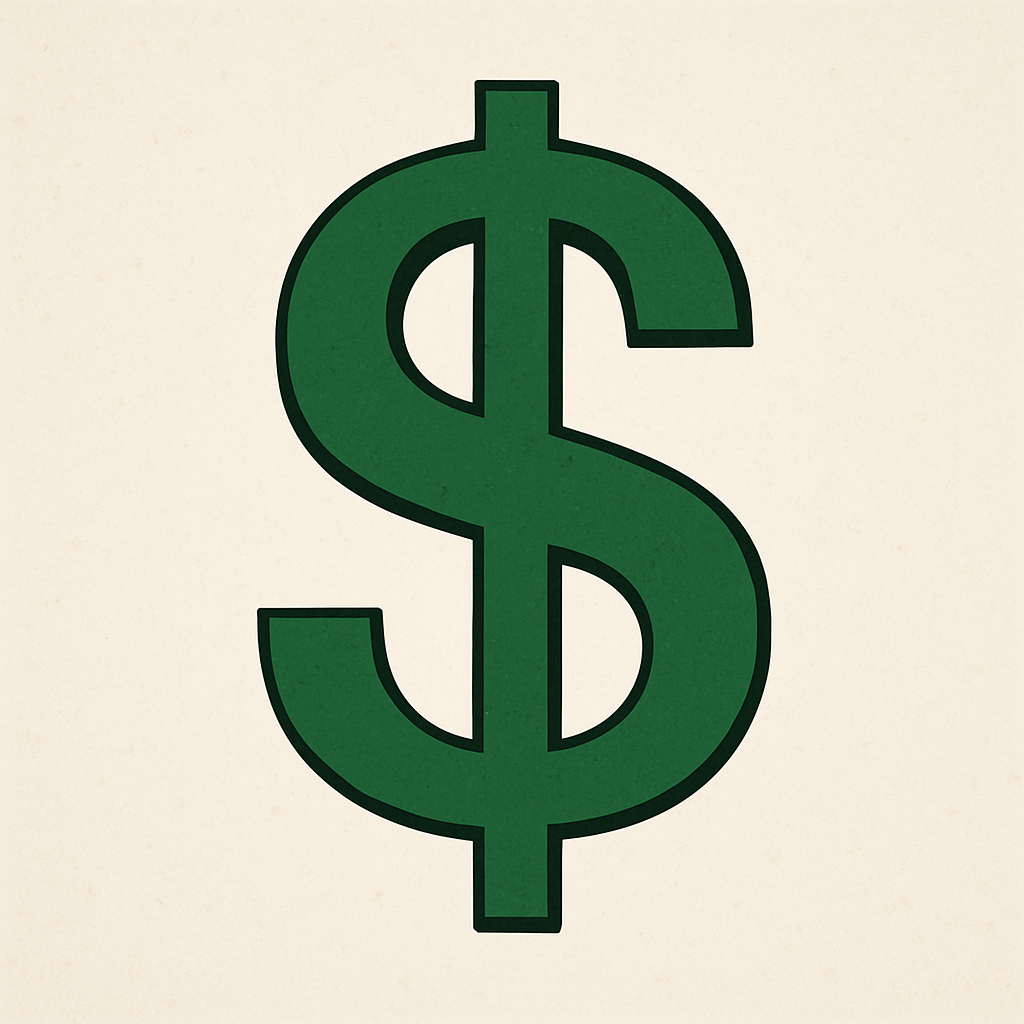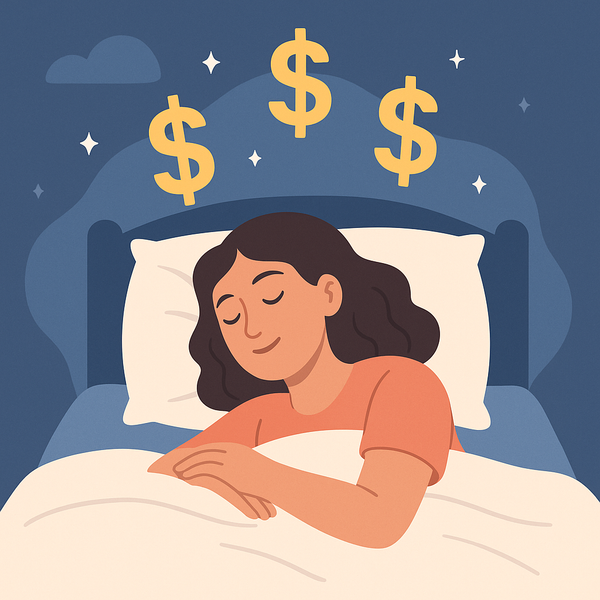Profitability 101: What It Actually Means

When you're trying to make money online, it’s easy to focus on flashy revenue numbers — “I made $10K this month!” — without realizing that revenue alone doesn’t mean success.
Profitability is the real scorecard.
Whether you're selling digital products, freelancing, flipping thrift finds, or starting a dropshipping store, the only income that truly matters is what you keep after expenses. Let’s break that down.
What Is Profit?
At its simplest, profit = revenue – expenses.
- Revenue is the money coming in (e.g., a $100 sale)
- Expenses are what it costs you to make that sale (e.g., software fees, ad spend, materials)
If you make $1,000 in sales but spend $800 on ads, software, and product delivery, your profit is only $200 — not $1,000.
And that $200? That’s what you can actually use, reinvest, or save.
Why Profitability Matters More Than Revenue
In the early days, it’s easy to chase “proof of income” instead of real earnings. You might spend big on tools or traffic just to get momentum — and that’s okay for testing. But over time, you want to build something that’s sustainable.
- A $500/month business with $400 in costs = only $100 profit
- A $300/month business with $50 in costs = $250 profit
Higher revenue doesn’t mean better income — efficient systems do.
Online Business Models and Their Profit Margins
Here’s a rough idea of average profitability by model:
| Model | Typical Profit Margin |
|---|---|
| Digital Products (eBooks, templates) | 80–95% (very high) |
| Freelancing/Services | 70–90% |
| Affiliate Marketing | 50–80% |
| Dropshipping | 10–30% (low but scalable) |
| Print-on-Demand | 20–40% |
| YouTube/Ad Revenue | 30–60% (varies with niche) |
Tip: Lower-margin businesses often require more traffic and volume to earn well. High-margin ones are easier to scale solo.
Key Costs to Watch Out For
In the online world, costs often hide in places you overlook at first. Some common ones:
- Software: Subscriptions for tools like Canva, ConvertKit, Shopify, etc.
- Transaction Fees: Stripe, PayPal, Etsy, Gumroad take a cut
- Advertising: Facebook, Google, or influencer shoutouts
- Time: Your hours have value — even if they’re “free” now
You don’t need to avoid these — just track them. Awareness = control.
How to Measure Profitability in Your Online Hustle
Here’s a simple way to start tracking:
- Total monthly income from all sources
- List all your monthly business costs
- Subtract to find your profit
Then ask:
- Can I reduce any recurring costs?
- Am I getting a strong return on paid traffic?
- What’s my most profitable product or service?
Over time, this data helps you scale what works — and drop what doesn’t.
Final Thought
Making money online is exciting, but keeping money online is what leads to freedom. Track your numbers early, focus on sustainable margins, and build with intention.
Profit doesn’t mean greed — it means independence, choice, and peace of mind.
Want a simple profit tracking template or calculator to go with this? Let me know and I’ll create one for you.




